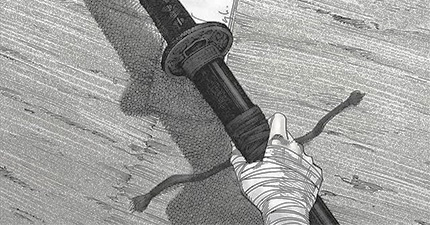Some different house systems
There are three different types of houses systems: ecliptic, spatial, and temporal.
We will look at two types of ecliptic based houses systems, whole sign and equal, one spatial, Porphyry, and one temporal, Placidus.
The oldest, and most popular throughout history, house systems have been ecliptic based. This is because they are the easiest to use.
Whole Sign House System
In the whole sign house system, every house is an entire sign beginning with whatever sign the ascendant is in. The ascendant is anywhere in the first house and the midheaven can be located anywhere above the horizon (anywhere between houses seven and twelve). The descendent is 180 degrees away from the ascendent and the IC is 180 degrees from the midheaven.

Equal House System

In the equal house system, your ascendant starts off your first house. Each house is exactly 30 degrees, meaning each house starts in a different sign at the degree of your rising sign. If your rising sign is at 20 degree Aries, then your second house would start at 20 degrees Taurus, your third house at 20 degrees Gemini, and so on.
In this house system, your midheaven can still be located anywhere above the horizon of your chart. The descendent, again, 180 degrees from the ascendent and the IC is 180 degrees away from the midheaven.
Porphyry House System
In the Porphyry house system, which is a space based house system, the ascendant starts the first house and the midheaven starts the tenth house. The space between the ascendent and the midheaven is then divided evenly into equal thirds. The descendent and IC are found by finding the points 180 degrees from the ascendant and midheaven, respectively, and the space between the ascendent and IC is again divided into three houses.

Placidus House System

The most popular house system in use today is Placidus. This is because Placidus houses can be calculated across time zones without a calculator. Because it is a time based house system, you could simply make a table for how a house cusp changes across time zones, making this method popular among journalists.
Placidus houses will look a lot like Porphyry houses. The ascendant, midheaven, descendent, and IC are all found the same way and, similar to Porphyry, the rising sign also begins the first house while the midheaven begins the tenth house. Instead of dividing the space between the midheaven to find where houses eleven and twelve begin, however, the time it takes for the sun to move from it's rising position to its noontime position is calculated. This timeline, called a diurnal arc, is divided into equal thirds. The same process is done for houses two and three.
Relocated Chart
Though your natal chart is a snapshot of the sky from the place and time that you were born, your houses change with you as you move. Unlike the changes between different house systems, relocating will change your rising sign, midheaven, descendent, and IC.
Think of it this way - it makes sense for your rising sign to change from place to place because your perspective and identity will change from place to place. The way people see you changes, depending on where you are. Your goals will also shift from location to location.
If you don't live in your birthplace, your natal chart will always matter to you but it's often more helpful to look at current transits to your relocated chart than to the natal. This is a chart that keeps all your natal planets in the same position on the zodiac wheel, but localizes your houses to a different place. Your relocated chart will show you how your drives, or planetary placements, come out a the place different from your birthplace.


